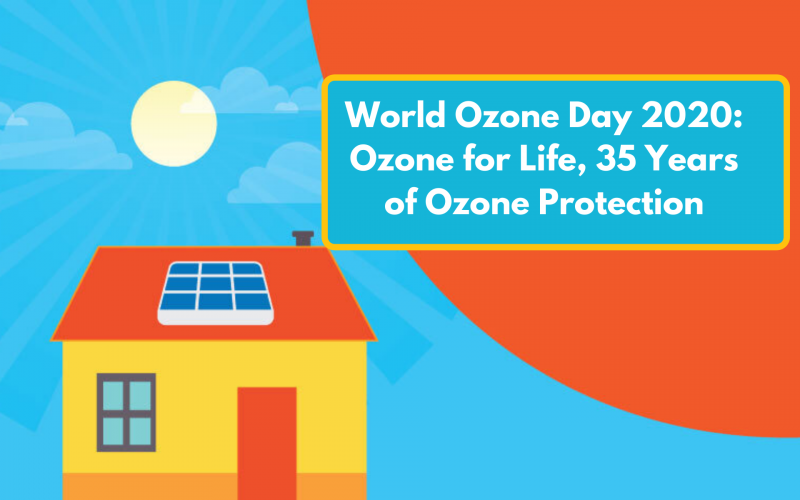The international community is observing the World Ozone Day (WOD) on September 16 marking the 35 years of the Vienna Convention for the protection of the ozone layer.
From our school days, we have learned the importance of the ozone layer and how it helps to save us from harmful radiation emitted by the sun.
Theme of World Ozone Day (WOD)
This year’s theme for the World Ozone Day 2020 is “Ozone for life: 35 years of ozone layer protection”.
In 1985, the governments at the global level adopted the Vienna Convention for the Protection of the Ozone Layer. Two years later in 1987, the Montreal Protocol was drafted where the governments, scientists and industry worked together to cut out 99 per cent of all ozone-depleting substances.
According to the United Nations Environment Programme (UNEP), the ozone layer is recovering and expected to return to pre-1980 values by mid-century all thanks to the Montreal Protocol. Meanwhile, supporting the Montreal Protocol, the Kigali Amendment, which came into force in 2019, will work towards reducing hydrofluorocarbon (HFCs) and greenhouse gases that have climate-warming potential and are damaging to the environment.
Why is Ozone Layer Important?
The ultraviolet radiation or UV rays emitted by the sun have the potential to cause skin cancer and cataract. These harmful rays also cause significant damage not only to humans but also to plant and marine life. Hence, the ozone layer acts as a protective shield against all such harmful radiations from the sun.
Ways to protect ozone layer
- One of the important ways to protect the ozone layer is to avoid using harmful gases like CFCs chlorofluorocarbons (CFCs), halogenated hydrocarbon, methyl bromide and nitrous oxide in various processes.
- The second option is to minimise the use of personal vehicles like cars that releases carbon monoxide and nitrogen oxides and resort to public transport thereby saving financial resources and the environment.
- Another way to save the ozone layer is to properly maintain your air conditioners. If ACs are not properly maintained, there are high chances that CFC gas is released into the atmosphere.
- People should also avoid using cosmetics, hair sprays, room fresheners as these products release Chlorofluorocarbons (CFCs).
- Several greenhouse gases are produced during the manufacturing of chemical fertilisers. Hence, we should avoid the use of fertilisers in agriculture and replace them with organic ones.
Do give our blog a read for all your solar-related questions. You can also check out other interesting updates on solar on our Facebook page (facebook.com/zunroof)
Reach out to us by filling the form below:

